Family
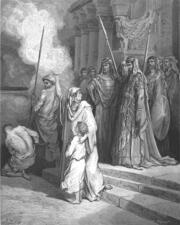
Hannah Mother of Seven
The mother of seven is a nameless figure from II Maccabees who was arrested and died along with her seven sons for defying the decree of the Seleucid monarch to transgress the commandments of the Torah. Her death is retold in rabbinic and medieval literature, where she is named both Miriam and Hannah.
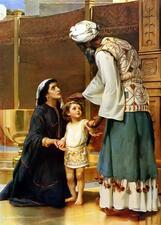
Hannah: Bible
Hannah, the second and barren yet preferred wife of Elkanah, promises to return her child to YHWH if he grants her a son. Her prayers are answered, and she follows through on her pledge to YHWH. Hannah’s narrative emphasizes the importance of fertility and childbirth in Israeli artistic narratives and presents a portrayal of an independent and resourceful woman.

Hannah: Midrash and Aggadah
Hannah is depicted by the Rabbis as a righteous woman who was devout in her observance of the commandments and tested by God through her infertility. Her story is the basis for much of the rabbinic conception and rules of prayer.
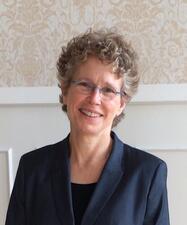
Susan Harris
Hasidic Hebrew Fiction: Portrayal of Women
Hundreds of compilations of Hasidic literature, a genre derived from oral traditions, were published in Eastern Europe between the start of the nineteenth century and the outbreak of World War II. The image of “woman” varies in Hasidic literature according to the character in the story, its narrator, and its setting in time and place; therefore we can only refer to individual women, each on her own, and not to woman in general or women as a gender.
Hasidism
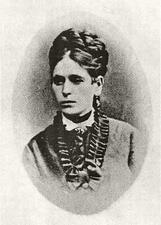
Haskalah Attitudes Toward Women
Just as the many well-known thinkers of the Enlightenment debated the proper role of women in society, so did the maskilim, the men of intellect who burst upon Ashkenazi Jewish society in the eighteenth- and nineteenth-century revolution known as Haskalah. Dominated by men, the movement critiqued Jewish tradition and encouraged modernity among Jews, but simultaneously met Jewish women’s pursuit of modernity with ambivalence.
Haskalah Literature: Portrayal of Women
The image of women in Haskalah literature reflects the relationship between the sexes in eighteenth- and nineteenth-century Ashkenazi Jewish society and European culture. But Haskalah writers wished to shape new patterns of male-female relationships among their reading public; to change, at least partly, the attitude of men towards women; and to ‘improve’ women’s conduct within the home and community.

Hasmonean Women
Though few of their names were documented, the women of the Hasmonean family were important figures in political and familial affairs during the second and first centuries BCE.
Sylvia Hassenfeld
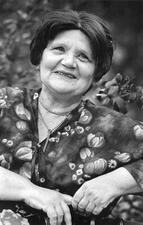
Hebrew Song, 1880-2020
Hebrew song as a whole, including songs of Erez Israel and the State of Israel, is a unique socio-cultural phenomenon that has developed over time. The dawning of Hebrew song can be traced to the period between 1880 and 1903, and it has grown to reflect the diverse aspects of Israeli society since then. The contribution of women to Hebrew songs, in general, has risen steadily over the years.
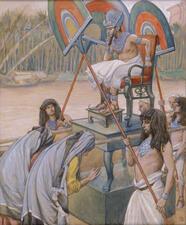
Hebrew Women in Egypt: Bible
Hebrew women in Egypt are critical figures in the Bible, especially concerning their maternal and physically nurturing roles. Hebrew midwives help male babies escape the infanticide commanded by the Pharaoh, and another woman helps save baby Moses’ life. These stories show how women were able to undermine the Pharaonic authority and ensure the survival of the Hebrew people in general.
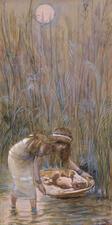
Hebrew Women in Egypt: Midrash and Aggadah
The Rabbis famously maintain that the Israelites were redeemed from Egypt by merit of the righteous women of that generation, who strove mightily to continue to bring forth children, regardless of the grueling servitude and despite Pharaoh’s decree that the male children be killed.

Herodian Women
The Herodian dynasty produced a large number of seemingly impressive women, whose stories are recorded in Josephus’ writings. This article summarizes the lives of Cyprus (I), Pheroras’ Wife, Doris, Mariamme, Glaphyra, Berenice (I), Herodias, Salome (II), Cyprus (II), and Drusilla.
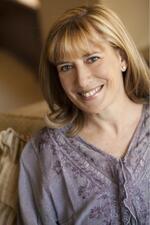
Anne Heyman

Fanny Binswanger Hoffman
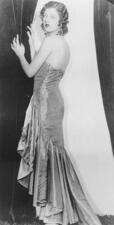
Libby Holman
Singer and actress Libby Holman was known as much for her scandalous personal life and revolutionary activism as for her lush voice. She grew famous performing in Broadway shows and revues throughout the 1920s. Holman was openly bisexual and was accused of murdering her husband, Zachary Smith Reynolds, in 1932. She was actively involved in protesting racial segregation.
Holocaust Literature
Literature by and about women and the Holocaust explores the impact of the Nazi genocide on women during and after the war, its impact on subsequent generations, and the reflections of women on the implications of the Holocaust. Encompassing a range of literary genres, including fiction, poetry, drama and memoir, women’s Holocaust writing explores the intersection of history, imagination, Jewishness and gender.
Holocaust Survivors: Rescue and Resettlement in the United States

Flora Suhd Hommel
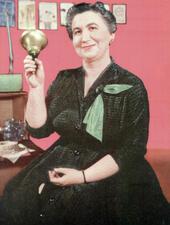
Frances Horwich
Frances Horwich was loved by parents and children alike for her educational television show, Ding Dong School, which taught millions of children how to finger paint, grow plants, and do craft projects with household objects such as pipe cleaners and paper plates. She ended up writing 27 Ding Dong School books and two books for parents, as well as winning several awards over her career.

Rebekah Gumpert Hyneman
Rebekah Gumpert Hyneman was one of a small group of American Jewish women who published their work in the nineteenth century. She used her writing to showcase her love and devotion to Judaism. In her work, she encouraged American Jews to resist assimilation and understand the significance of their religion and also aimed to educate uninformed and anti-semitic non-Jews.
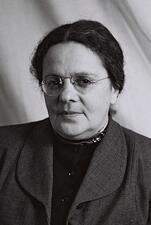
Beba Idelson
Beba Idelson was an Israeli politician and dedicated Zionist activist. She served as a member of the Knesset for sixteen years and was instrumental in shaping the character of the State of Israel, especially as it pertained to women’s rights.
Iggeret Ha-Kodesh
The Iggeret ha-Kodesh is a Kabbalistic work with contested authorship, written in the second half of the twelfth century. The work is a kabbalistic interpretation of sexual relations and its sacred spirituality between a married couple.


